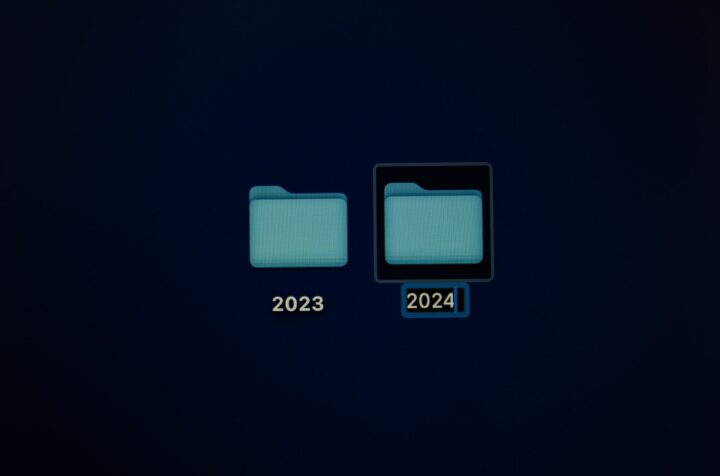On the 3rd of August, Georg Hansbauer, co-founder and managing director of Testbirds hosted an hour long webinar that explored the world of test automation. For those who were able to attend, we would like to thank you and we hope you left with a lot more insight and knowledge into automated testing solutions. In the webinar, a number of topics were discussed such as why and when test automation should be included, how to set up the automated testing process including a real world example and information on TestChameleon™. In today’s post, we’d like to briefly investigate some of the points that were brought up in the webinar:
Manual or automated?
Simply put, test automation is the use of software to execute tests. It is a perfect solution in terms of efficiency, effectiveness and quality. Applying it to your testing process includes benefits such as a faster time to market, lower costs for re-testing after defects occur and, perhaps the most important, a higher quality end result. However, it’s important to keep in mind that it has to be focused on the right and relevant test set in order to be successful. For example, when conducting regression tests, or testing for errors that occur after fixes are applied, it’s often important that new features are tested manually prior to running automated tests after each release.
Test automation with Selenium
Sticking to the regression testing example, when setting up the automated testing process we first begin with generating the test case using an automation tool. Currently, some of the popular open source tools that exist are Selenium, SoapUI and Calabash while commercial alternatives are HP QTP and Ranorex. After generating a test case, we can build it using a CI server such as Jenkins and execute the test case locally or through the cloud. Finally, we can analyse results on a CI server such as Jenkins.Sounds complicated?
If you are interested in learning more, you can now watch our entire webinar a more in-depth training session, make sure to sign up to our next onsite two-day seminar on crowd and cloud testing tools for today’s digital world! Taking place on the 10th and 11th of November, the seminar will provide practical and realistic project scenarios from a variety of industries and show which technologies and testing solutions are best suited to them at the different stages of the development lifecycle.








